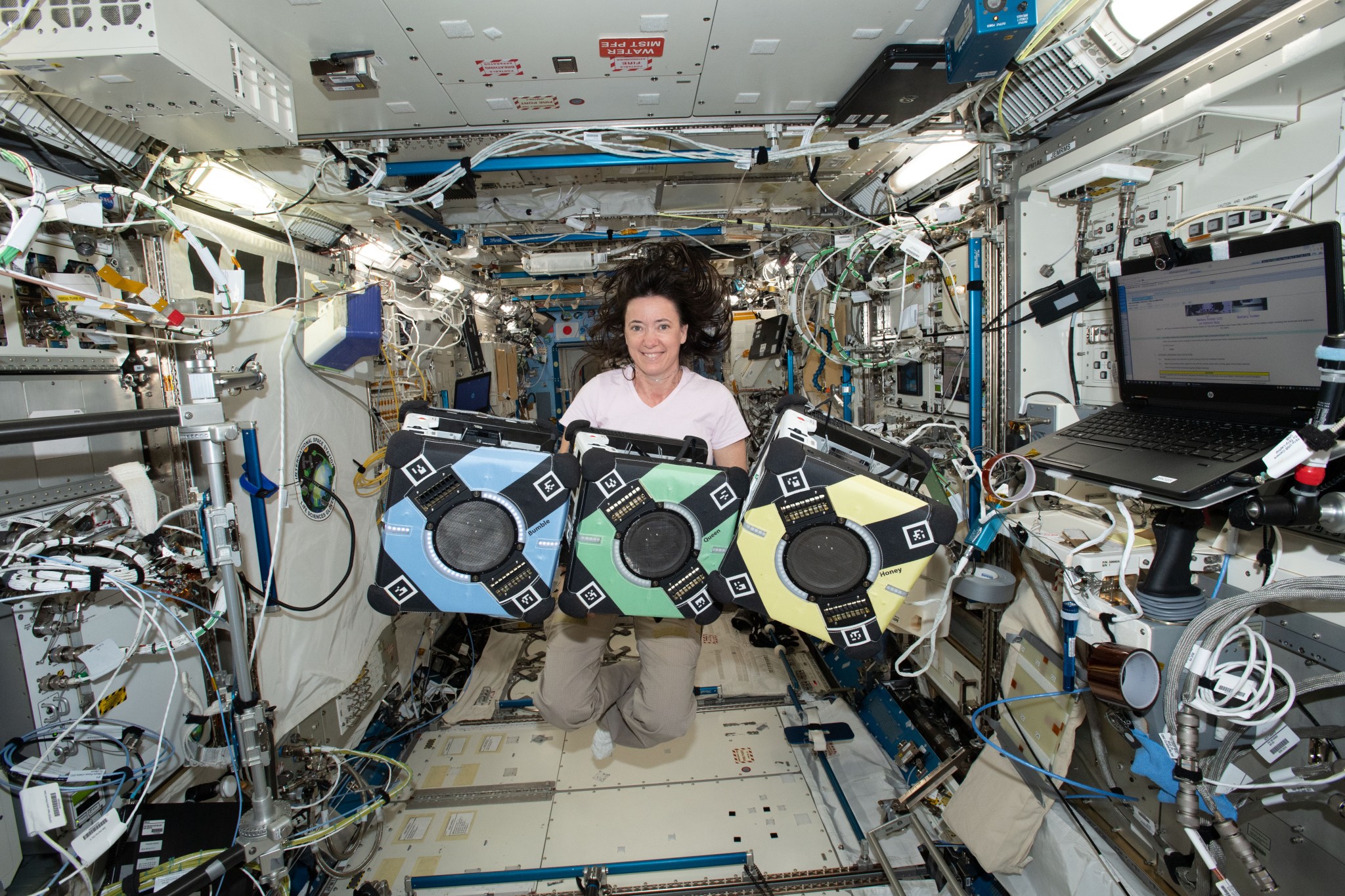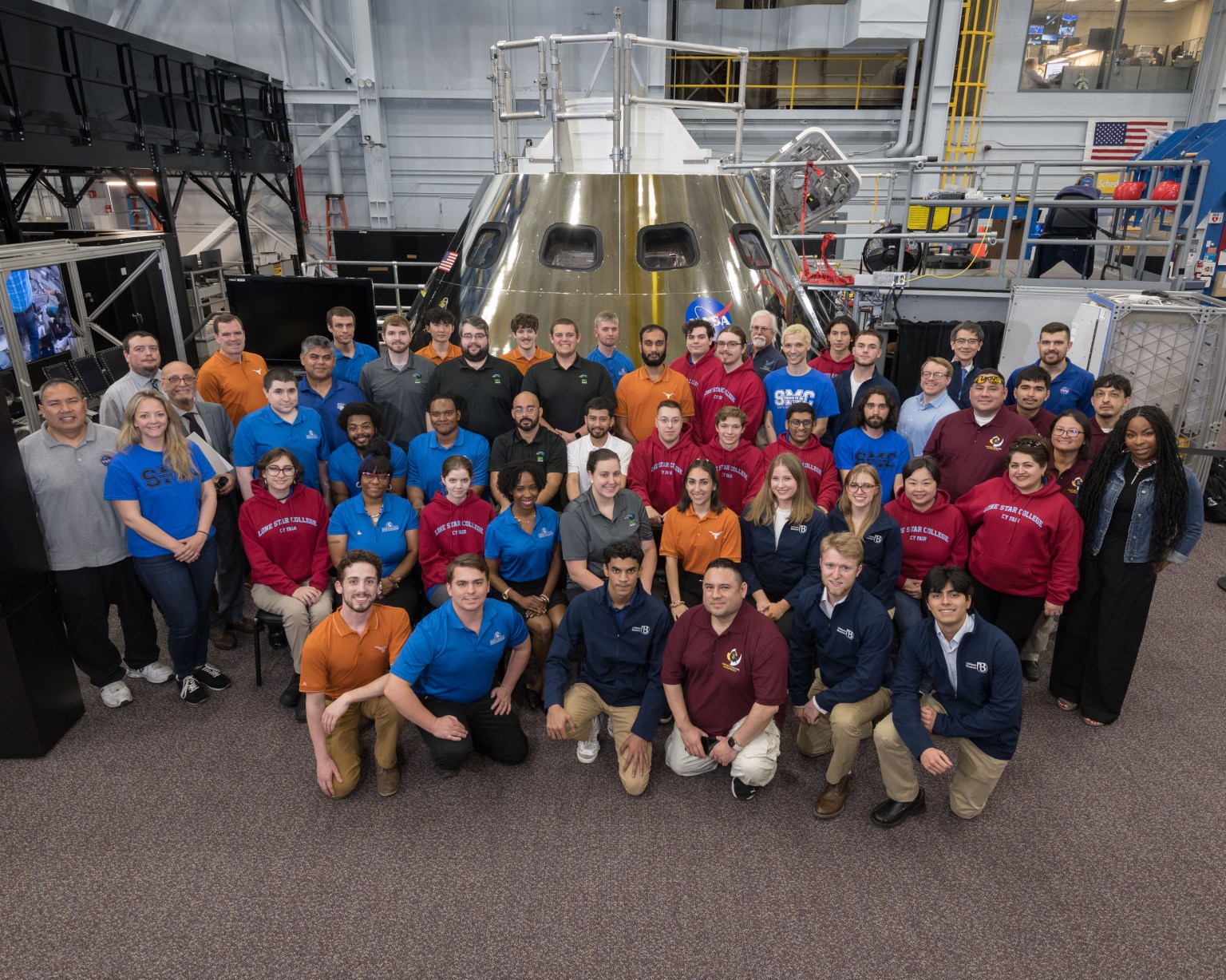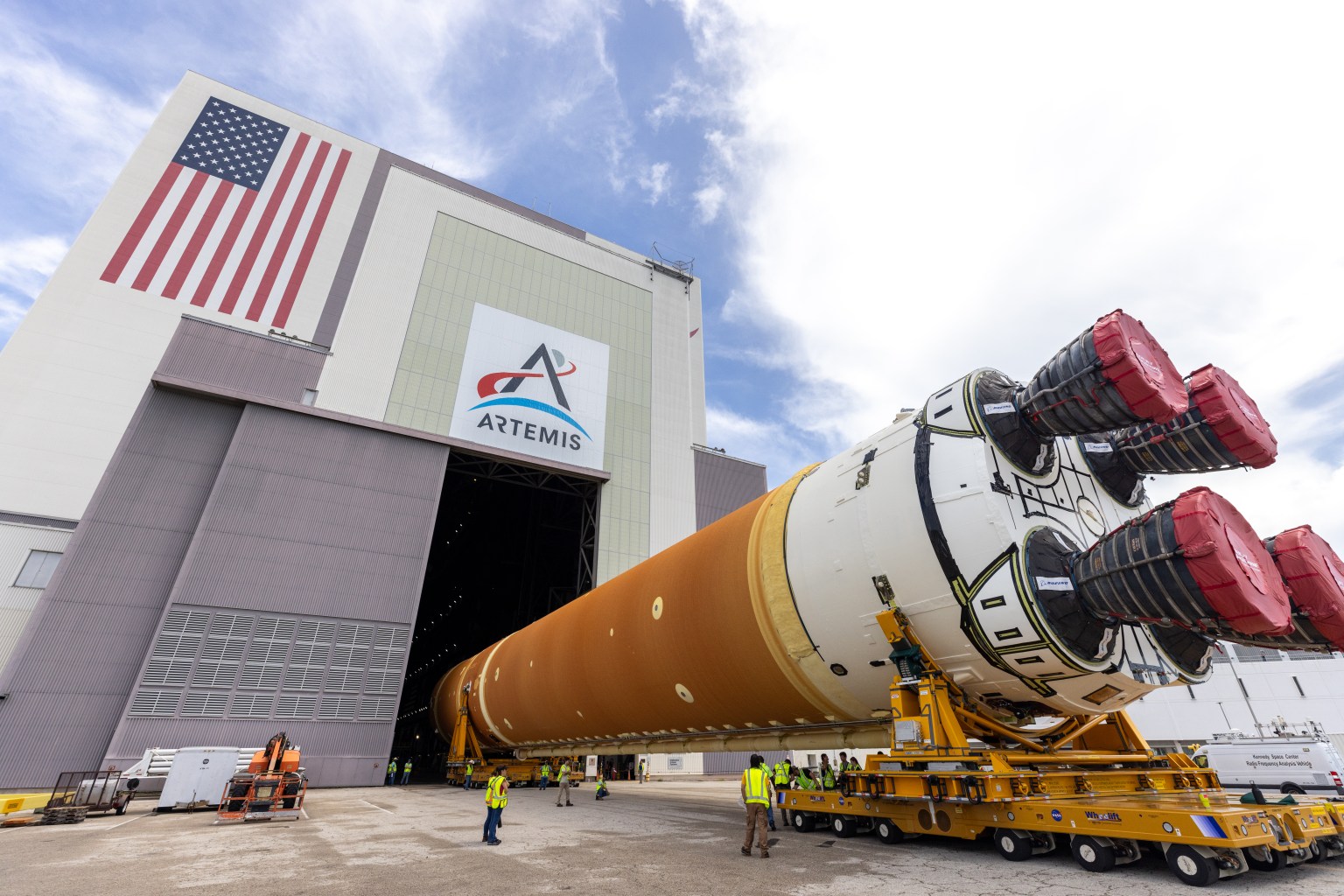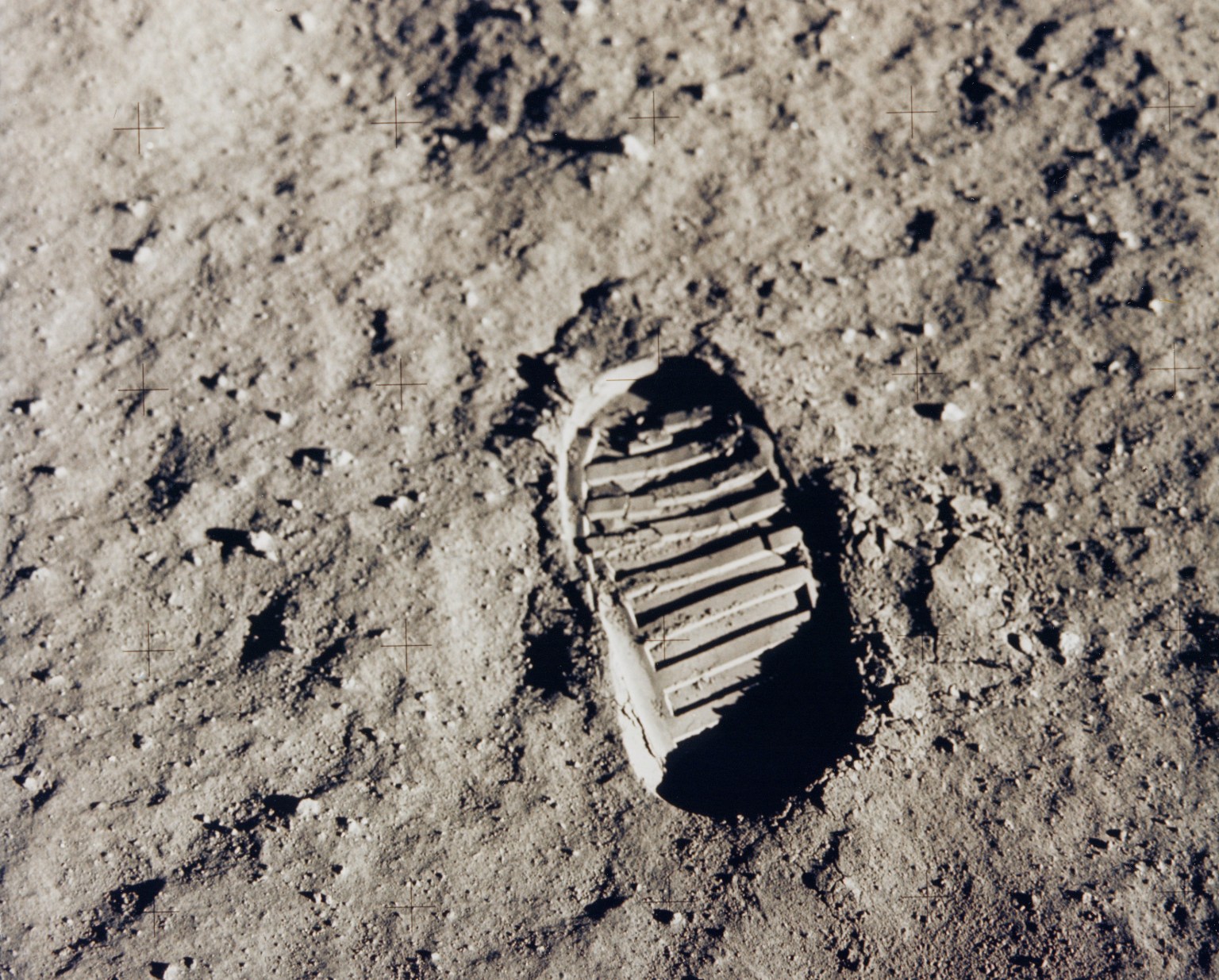About Intelligent and Adaptive Systems
NASA spacecraft, space habitats, aircraft, planetary and space exploration platforms, and mission operations are becoming increasingly more complex. To sustain these future complex systems, NASA’s Ames Research Center in California’s Silicon Valley is conducting critical research in intelligent and adaptive systems. This research leads to the design, development, and deployment of intelligent systems that support, enable, and collaborate with humans to extract knowledge, support decision-making, and enable adaptive system operations with varying levels of autonomy. These new technologies function as advisors, advanced automation, and autonomous agents that are capable of adapting to changing conditions, knowledge, and constraints. With broad objectives to increase performance, productivity, and efficiency, improve science return, enhance safety, and reduce cost for NASA missions, our advancements are informing system design decisions, enabling advanced capabilities, and enhancing situational awareness.
Ames’ Role and Facilities
Human Systems Integration
Rapidly advancing technologies require humans to make critical decisions in increasingly dynamic and complex environment. Human Factors studies human interaction with increasingly intelligent and automated engineering systems to address safe, efficient, cost-effective operations, maintenance, and training – both in flight and on the ground. Ames has a unique set of Human Systems Integration capabilities ranging from basic research in visual perception, motor control and psychophysiology, to direct applications in both aeronautics and space.
In aeronautics, the focus is on air traffic management, mission controller displays and crew procedures. In space application areas, the focus is on design and development of next-generation mission planning and information systems. Over 120 researchers across a dozen labs work to enable efficient and safe operations toward NASA’s aeronautics and space exploration goals.
Our researchers provide expertise in the following areas:
- Human-Machine Interaction: We improve NASA mission operations software through systematic analysis of task performance and application of usability design methods.
- Human Performance: We develop new technologies, software models of human performance and evaluation tools to enhance human productivity and safety for both space and aviation environments.
- Integration and Training: We develop and evaluate ways to improve aviation capacity, safety, and training, as well as conduct human-in-the-loop research and development toward next-generation air traffic management concepts and technologies.
Autonomy and Robotics
Robots will play a significant part in NASA’s Artemis missions to the Moon as well as other deep space missions. Future space missions offer many new opportunities for exploration. But the number of astronauts in space, and the time they will have to perform work, will always be limited. Moreover, there will always be some work that is not possible for humans to carry out by hand. Autonomy and robotics can complement human explorers, helping to maximize performance, improve scientific return and increase mission success.
Robots can do a variety of work to increase the productivity of human explorers. They can perform tasks that are tedious, highly repetitive, or long-duration. Robots can perform tasks ahead of crewed missions – such as advance scouting that helps prepare for future human activity. They can work alongside crew, assisting or performing tasks in parallel, and also can perform “follow-up” work, completing tasks started by humans.
Autonomy is the capacity of a system to achieve goals while operating independently from external control. As exploration missions take humans deeper into space, autonomy technology is needed to enable astronauts and their vehicles to function effectively and efficiently when they need to operate independently of ground control.
Our researchers provide expertise in the following areas:
- Adaptive and optimal control technologies
- Adjustable autonomy
- Automated planning & scheduling systems
- Computer vision
- Decision support systems
- Distributed & multi-agent systems
- Flight management systems
- Geospatial systems
- Human – robot interaction
- Intelligent robotic software
- Mission operations & support tools
Featured Examples
Astrobee
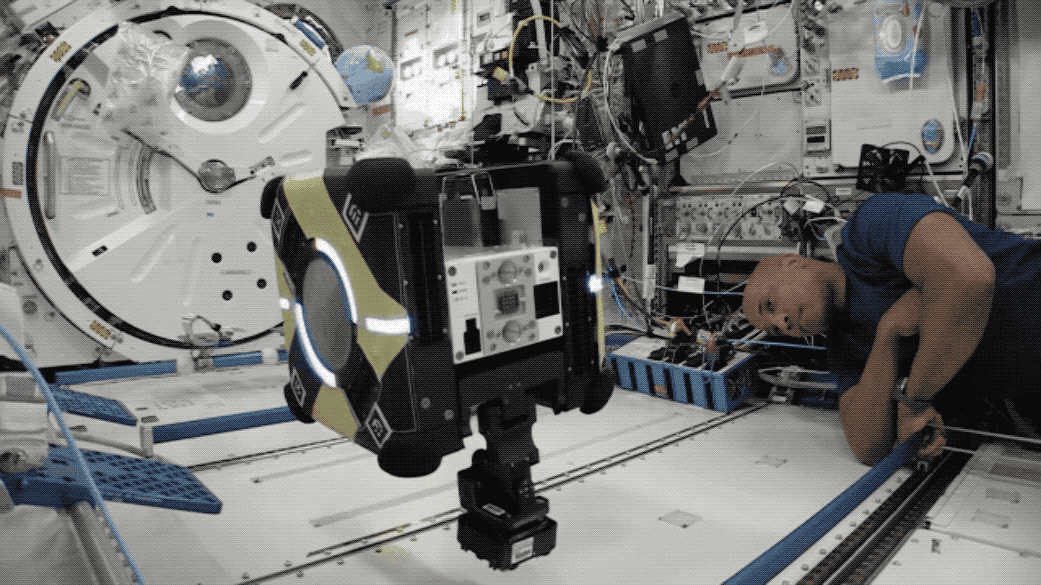
NASA’s free-flying robotic system, Astrobee, can help astronauts reduce time they spend on routine duties, leaving them to focus more on the things that only humans can do. Astrobee robots are designed to complete tasks such as taking inventory or collecting multi-sensor surveys. The robots can work autonomously or via remote control by astronauts, flight controllers, or researchers on the ground. The Astrobee system was designed and built at Ames for use inside the International Space Station. The system consists of three cubed-shaped robots, software, and a docking station used for recharging. The robots use electric fans as a propulsion system that allows them to fly freely through the microgravity environment of the station. Cameras and sensors help them to “see” and navigate their surroundings.
The system also serves as a research platform that can be outfitted with payloads and programmed to carry out experiments in microgravity, helping us to learn more about how robotics can benefit astronauts in space. Guest scientists are able to use Astrobee to carry out investigations that will help to develop technology – both hardware and software – for future missions. Robots such as Astrobee have the capacity to become caretakers for future spacecraft, working to monitor and keep systems operating smoothly while crew are away.
Learn more:
Autonomous Systems and Operations
For over 50 years NASA’s crewed spaceflight missions have flown in the Earth-Moon system, where speed-of-light communications delays between crew and mission operations centers are negligible. This current mode of operations depends on a large, ground-based support team. This mode is impractical for NASA’s future human exploration missions to Mars, or other more distant locations in the solar system such as near-Earth asteroids, as communications between spacecraft and Earth will be delayed across vast distances.
The one-way light-time delay to the Moon is 1.2 seconds. This delay is sufficient to make continuous control during time-critical operations – for example, during landing – difficult or impossible to conduct from Earth. The one-way light-time delay to Mars ranges from 3 minutes to 22 minutes, depending on the distance between Earth and the Red Planet. As the communication delays increase, the crews in the spacecraft must execute, and manage, much of the mission themselves. Future astronauts traveling to Mars will need smarter tools to allow them to make decisions without being hampered by inefficient, back and forth communication with ground-based mission control.
NASA’s Autonomous Systems and Operations, or ASO, project is meeting this need by developing advanced technologies for autonomous operation of spacecraft. ASO develops and demonstrates autonomous systems technology, including automated planning and scheduling systems, plan execution technology, fault management technology, and crew decision-support technology for future exploration missions. The project demonstrates advanced software to help astronauts operate their spacecraft with less assistance from Earth for future human missions. These missions will require changing the capabilities of spacecraft, the roles and responsibilities of ground and crew, and the ways that ground and crew interact during the mission.
The ASO project has developed crew decision-support technology for demonstration aboard the space station, infused technology into NASA’s Gateway’s flight software, and is working to make next-generation Environmental Control and Life Support Systems more autonomous.
Mission Planning Tools
Both human and robotic space missions involve carrying out many activities and procedures every day. Special tools are necessary to plan and schedule mission activities because there are a myriad of complex requirements, resources, and constraints that need be met in order to have a successful, safe mission. In particular, these tools are leveraged when situations change rapidly and re-planning of activities for astronauts, mission controllers, or robots is needed in a hurry.
To meet these needs, researchers in the Human-Computer Interaction Group at Ames have developed several scheduling software tools for spaceflight operations. The Power Planning and Analysis Tool, or PLATO, and the Attitude Determination and Control Officer Planning Exchange Tool, or APEX, currently support power planning and attitude control scheduling, correspondingly, for the space station. Score – the primary tool for planning astronauts’ activities – allows flight controllers to use one integrated suite of tools to schedule their activities minute-by-minute, for the week, or for long-range planning in addition to making changes in real-time. Playbook – a scheduling and execution web-application for mission operations – is specifically designed for use by crew, rather than by mission controllers. A key goal for Playbook is to assess crews’ ability to reschedule some of their own activities without input from ground controllers, and to better simulate time-delay communications – a necessary area of research for future human deep space missions. Playbook is the foundational software code on which another tool, the Component-based Campaign Planning, Implementation and Tactical software tool, or COCPIT is built.
Scientists and engineers are now using COCPIT to plan and schedule all of the Mars 2020 Perseverance rover’s activities while it is on the surface. This tool helps the rover keep track of the complex activities it must conduct using an assortment of scientific instruments. COCPIT ensures all required resources and limitations of a Mars mission are accounted for and allows scientists and engineers to develop plans that are feasible for the rover to execute. By shifting all software support tools to a web-based online framework, as well as introducing a new on-board planner, the total planning time for Perseverance will be cut by at least a third when compared to Perseverance’s predecessor, Curiosity. This recent work with COCPIT is paving the way for the next generation of aids for future human and robotic exploration.
Scalable Traffic Management for Emergency Response Operations, or STEReO
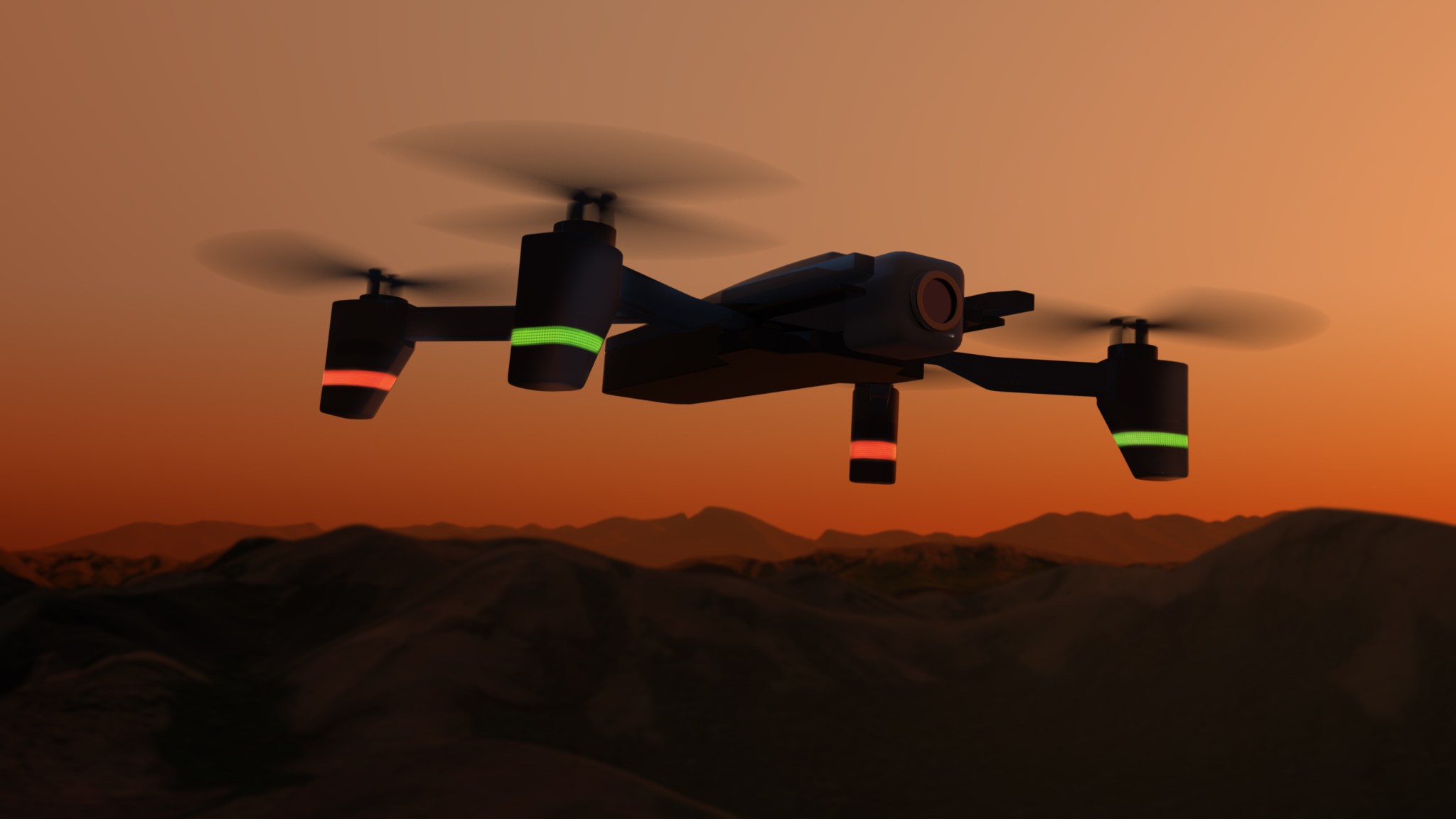
Natural disasters such as wildfires and hurricanes are costing the United States billions of dollars annually and have resulted in substantial loss of life. When a natural disaster occurs, the response requires extensive collaboration and cooperation from a wide coalition of organizations that, right now, is coordinated manually under challenging conditions. This makes communication difficult. Working to tackle these challenges is NASA’s Scalable Traffic Management for Emergency Response Operations, or STEReO, a feasibility study under NASA’s Convergent Aeronautics Solutions project.
STEReO is led by Ames. Building on the expertise of NASA researchers – at Ames, NASA’s Glenn Research Center in Cleveland, and NASA’s Langley Research Center in Hampton, Virginia – working across diverse areas, including air traffic management, human factors research, communications, and autonomous technology development –STEReO envisions a new ecosystem for emergency response. That ecosystem has three broad goals: build trust amongst aviators, scale up the role of aircraft operations, and develop systems that can adapt to challenging work environments during a disaster.
To demonstrate how its tools and concepts can achieve these goals in different emergency scenarios, STEReO conducted a live flight demonstration at an aerial firefighting training exercise in May of 2021, done in collaboration with external partners from multiple wildland firefighting organizations. The success of that event has established the need for reoccurring tests of STEReO technologies and capabilities.
STEReO’s approach will bring increased awareness for all first responders at an incident, which could allow for earlier detection of problems and more informed decision-making. The full package of STEReO’s emergency response ecosystem could also be scaled to the size and complexity of the specific environment, operations, and objectives. By leveraging and building on existing NASA technologies alongside government, industry, and academic partners, STEReO will improve the efficiency and timeliness of the response, mitigation, and recovery phases of a disaster, lowering the risk exposure to first responders, and ultimately saving lives and minimizing the cost to American taxpayers.
Learn more:
- What is Scalable Traffic Management for Emergency Response Operations
- What is Unmanned Aircraft Systems Traffic Management?
For researchers:
Evaluating Control of Advanced Air Mobility Aircraft
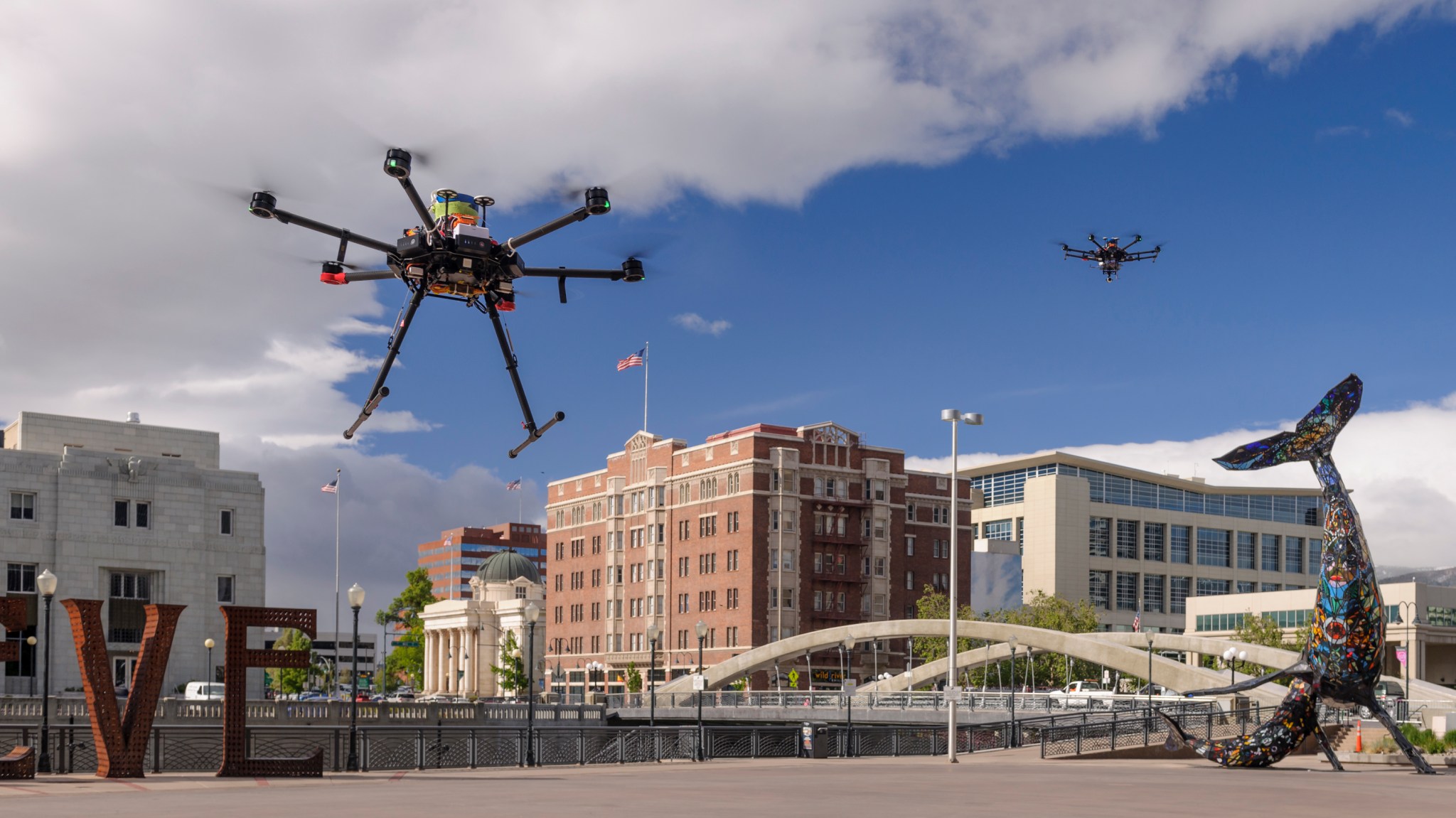
New electric propulsion systems are giving rise to a potential new aviation market. These new flight systems may enable a quiet, efficient, and affordable air transportation system referred to as Advanced Air Mobility, or AAM. NASA’s vision for AAM is to help emerging aviation markets to safely develop an air transportation system that moves people and cargo between places previously not served or underserved by aviation – local, regional, intraregional, urban – using revolutionary new aircraft that are only just now becoming possible. The AAM vision relies upon the increasing use of automated systems for aircraft control to reduce the training and proficiency burdens for pilots of the new aircraft.
Many companies are developing new aircraft, but the aviation community needs new methods to assure the safety of these new, complex aircraft systems and novel operations. Ames supports the Federal Aviation Administration, or FAA, and industry by developing methods to identify potential safety concerns with the use of these innovative capabilities. Ames researchers are developing representative innovative capabilities to test, with a wide range of automated functions. NASA is developing the tools using a holistic approach, partnering with government and industry experts.
NASA’s approach to support the industry includes analysis of fully automated functions as well as functions that require human interaction, such as piloted simulation and methods for flight testing aircraft with increasingly automated systems. The approach includes adapting methods developed for evaluating advanced military aircraft to civilian aircraft, pilot, and operational use case requirements. The research supports and receives funding from the NASA Advanced Air Mobility project and the FAA. If successful, AAM’s approach, methods, and tools will enable innovative, quiet, and environmentally friendly aircraft to perform new operations for public benefit.
Learn more:
- NASA Sets Stage for Future Flights, Auditions Advanced Air Mobility Technologies
- What is Unmanned Aircraft Systems Traffic Management?
For researchers:
























